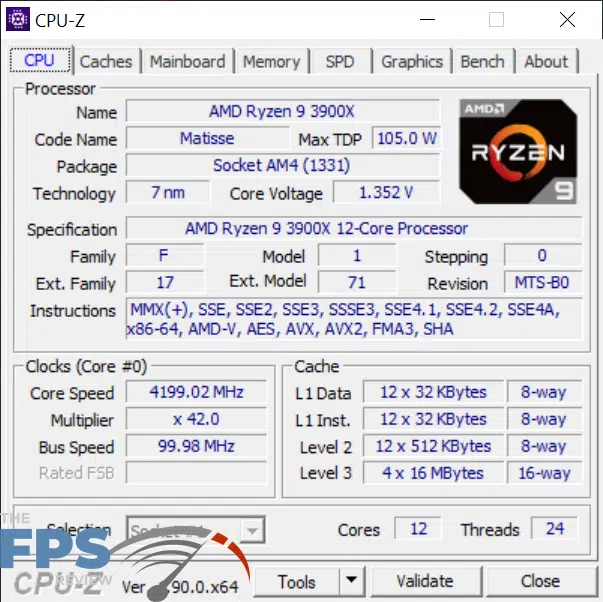Conclusion
I’ve spent a lot of time with the ASUS PRIME X570 Pro. Some of which wasn’t expected due to some difficulties in overclocking which I’ll get to. The motherboard worked very well in all my testing. I had no stability issues or problems setting up the system or conducting subsystem testing. All of the integrated features worked flawlessly.
The user experience aside from overclocking was nothing short of perfect. That said, there are some issues with the board. The biggest problem I have is with the lack of a POST code readout and the lack of WiFi for the price. At $259.99, the motherboard is rather pricey in its segment. The GIGABYTE X570 Aorus Elite has basically the same exact feature set and a similar power phase design for $199.
The ASUS PRIME X570 Pro is a better build quality though. The audio CODEC is a bit better. It also has steel reinforcement on the second PCI-Express x16 slot. The layout is a little better and the BIOS interface is better, but again I don’t think any of these things are worth $50.
Overclocking
Let me be clear, the ASUS PRIME X570 Pro is a good motherboard, albeit a bit expensive for what it is. However, it isn’t perfect and where it falls short is in the overclocking department.



Simply put, overclocking the Ryzen 9 3900X to an all-core clock of 4.3GHz isn’t usually that difficult. While there are certainly CPU’s that don’t reach those speeds, the test CPU we have on hand has done it easily on every X570 motherboard we’ve tested thus far. However, it will not reach a stable 4.2GHz on the ASUS PRIME X570 Pro. I tried for the better part of two days to achieve that speed with stability. While it would complete some tests, it wasn’t reliable. The CPU itself wasn’t throttling and voltages looked good.
While the VRM’s were on the warm side, I think the issue may come down to something firmware related. To even hit 4.2GHz all core on the 3900X, I had to manually configure LLC, CPU voltage, SoC voltage and more to stabilize the system. Normally, I adjust two or three settings tops and that’s it. So, overclocking proved more challenging than usual.
Memory clocking was good as I was able to set the RAM for 3600MHz speeds with ease. This also seemed to work no matter what the CPU was set to.
At this price point, it’s unfortunate that overclocking could be hamstrung by the board itself. Fortunately, ASUS is pretty good about BIOS updates so I hope we’ll see newer firmware that allows CPU’s to reach their full potential. We are also hearing a rumor that AMD may be working on a new AGESA update. I’m still going to reserve some judgment on this issue as well because the CPU needs to be tested on another motherboard to ensure it hasn’t degraded. I’m working on that, but at the time of this writing, this can’t be stated with certainty, so take that with a grain of salt.
Final Points
At the end of the day, the ASUS PRIME X570 Pro is a good motherboard with one definite flaw, which comes down to value. This board should be a bit cheaper or include a few more options to justify the price. If your an ASUS fan, then this might very well be the board for you despite the price. If not, you might want to look at other options and save yourself a bit of money. Of course, if you find the ASUS PRIME X570 Pro for sale at a good enough price, then I’d snatch one up if I were in the market and keep an eye on the firmware situation. You can’t beat the build quality itself.
Discussion

